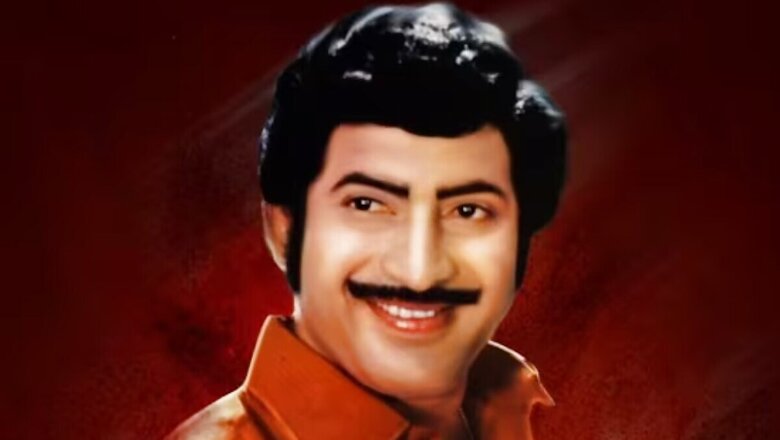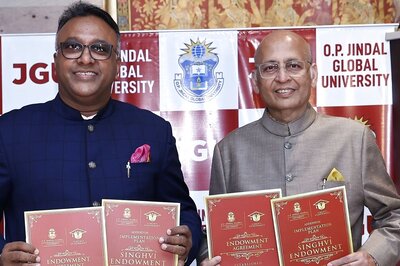
views
On the first anniversary of the demise of Telugu cinema’s iconic figure, Superstar Krishna, Ghattamaneni Siva Rama Krishna Murthy, fondly known as Krishna, the industry pays homage to the legend whose impact remains unparalleled. Krishna, who passed away on November 15 last year, left behind a legacy marked by groundbreaking trends in Telugu cinema.
Krishna commenced his journey in the film industry with minor roles before making his debut as a lead in the 1965 film Thene Manasulu. Directed by Adurthi, the film achieved a milestone by being the first Telugu social film entirely shot in colour, utilising Eastmancolor technology. Actor Raavi Kondala Rao played a crucial role in Krishna’s training for scenes involving scooter riding, showcasing the actor’s commitment to his craft.
The following year, Krishna starred in Mallikarjuna Rao’s Gudachari 116, a pioneering venture as the first James Bondesque spy film in Telugu cinema. The film’s success led to unrelated sequels like James Bond 777, Agent Gopi, Rahasya Gudachari, and Gudachari 117. Further diversifying his roles, Krishna’s Mosagallaku Mosagudu broke new ground as the first cowboy-style film in Telugu cinema, drawing inspiration from Western classics like The Good, The Bad and The Ugly and For a Few Dollars More, with Krishna embodying a character akin to Clint Eastwood.
In 1974, Krishna starred in Alluri Sitamaraju, the first CinemaScope film in Telugu cinema and the second in India after the Tamil film Raja Raja Cholan. His 1986 film Simhasanam marked a cinematic breakthrough as the first 70mm stereophonic sound film in the industry.
Krishna’s imprint on Telugu cinema is profound, influencing various genres and technical advancements. His contributions to the industry continue to be celebrated, and his legacy is carried forward by his son, Mahesh Babu, a highly successful actor in the Telugu film fraternity.



















Comments
0 comment